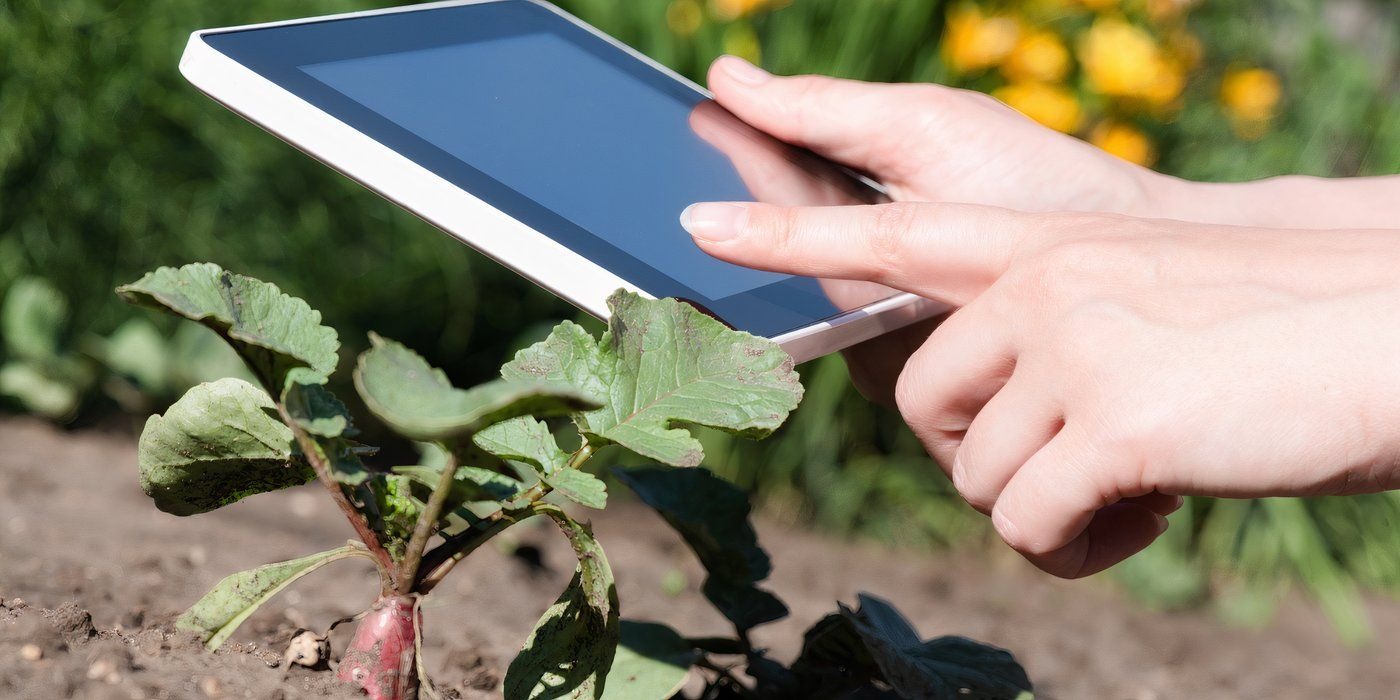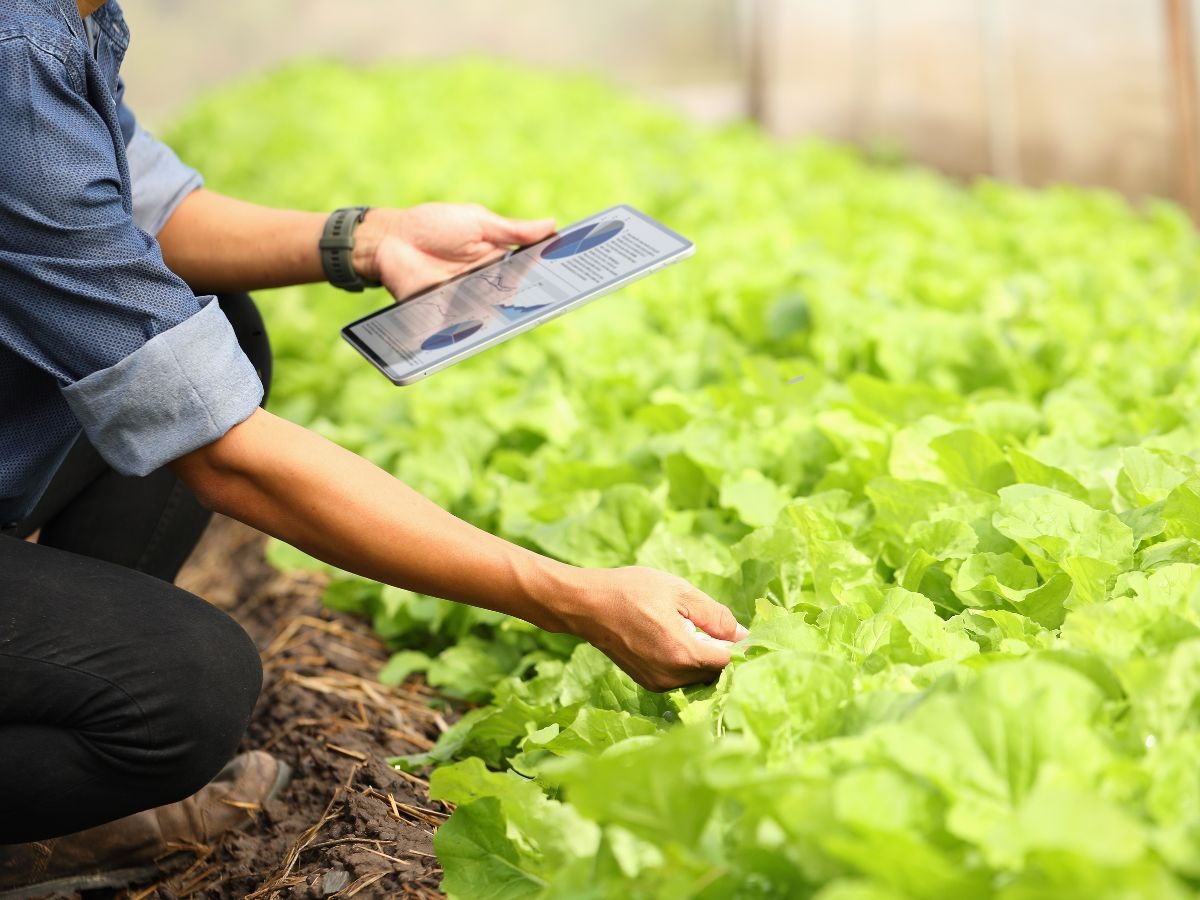Creating a smart garden at home has become an exciting project for many who want to combine technology with nature. With modern gadgets and innovative solutions, gardening no longer demands constant manual effort.
Instead, it can be controlled and monitored remotely, allowing plants to thrive with minimal intervention. Setting up such a garden requires some planning, understanding of smart devices, and commitment to maintaining the system properly. This guide will lead you through the necessary steps to build an efficient smart garden right where you live.

Smart sensors help keep your plants perfectly watered and healthy (Photo: Getty Images)
Understanding the Core of a Smart Garden
A smart garden integrates technology into plant care to make gardening more manageable and efficient. It often includes devices that monitor soil moisture, control lighting, regulate temperature, and automate watering schedules.
By using sensors connected to your smartphone or computer, you can track your garden’s condition in real time. These devices help ensure plants receive the right amount of water and nutrients without wasting resources. Setting up the right components is vital for the garden’s success and sustainability.
Choosing a Suitable Location and Space
Selecting the right spot for your smart garden is crucial. It could be indoors near a window where sunlight is accessible or outdoors in a patio or balcony. The space should have enough room for your selected plants and devices while allowing good air circulation.
If you decide to keep the garden inside, consider factors such as room temperature and humidity, as they can affect plant growth. For outdoor gardens, protection from extreme weather conditions is essential to prevent damage to your equipment and plants.
Selecting the Appropriate Plants
The type of plants you choose will depend on your environment and personal preference. Some plants thrive better indoors, while others require more sunlight and space.
Herbs, leafy greens, and small flowers are excellent options for indoor smart gardens due to their modest size and adaptability. When selecting plants for outdoor smart gardens, consider native species that are resilient to your local climate. Choosing the right plants will reduce maintenance needs and improve the health of your garden.
Essential Smart Gardening Devices
Smart gardens rely heavily on technology to automate and optimize plant care. Some important devices to include are moisture sensors, automated watering systems, grow lights, and environmental monitors.
Moisture sensors measure soil water levels and send alerts when plants need watering. Automated watering systems respond to sensor data and provide precise amounts of water to each plant.
Grow lights imitate sunlight for indoor gardens, ensuring plants receive adequate light during shorter daylight hours. Environmental monitors track temperature, humidity, and air quality to maintain ideal growing conditions.
Setting Up the Watering System
Watering is a vital part of plant care, and smart gardens excel at handling this task with accuracy. After installing moisture sensors in the soil, connect them to an automated irrigation system that supplies water only when necessary.
This prevents overwatering and conserves water, making the garden more eco-friendly. Some systems come with smartphone apps that allow you to adjust watering schedules remotely, which is useful when you are away from home. Regularly check the system for leaks or blockages to keep it functioning properly.
Installing Grow Lights for Indoor Gardens
When natural light is insufficient, grow lights become essential to support photosynthesis. Choose LED grow lights with adjustable brightness and spectrum to match the needs of your plants.
Position the lights above the plants at appropriate distances to avoid overheating or burning. Using timers to regulate the lighting duration will simulate natural day and night cycles, helping plants grow healthier. Grow lights are a smart addition that expands the variety of plants you can cultivate indoors.
Using Environmental Monitors
Environmental monitors provide valuable information about the conditions in your garden. They can track temperature, humidity, and sometimes even carbon dioxide levels.
By receiving this data on your smartphone, you can make informed decisions about adjusting your garden’s environment. For example, if the temperature rises too high, you might need to improve ventilation or move plants to a cooler spot. These devices add an extra layer of control and help prevent problems before they affect plant health.
Connecting and Controlling Your Smart Garden
Most smart garden devices connect through Wi-Fi or Bluetooth to a central hub or directly to your smartphone. Using a dedicated app, you can monitor all sensors and control watering, lighting, and climate settings from anywhere.
Many apps offer customizable alerts and detailed reports on plant health and system performance. This connectivity provides convenience and peace of mind, knowing your plants are cared for even when you are busy or traveling.
Maintenance and Troubleshooting
Keeping your smart garden in good shape requires regular maintenance. Clean sensors and devices to prevent dirt buildup that could interfere with their function. Inspect wiring and connections periodically to avoid faults.
Replace water filters in irrigation systems when necessary to maintain water quality. If any device stops working correctly, restart it or consult the manufacturer’s guide for troubleshooting steps. Maintaining the system diligently will ensure your smart garden continues to thrive and remain efficient.
Benefits of Having a Smart Garden
Creating a smart garden offers several advantages for plant lovers and busy individuals. Automated systems save time and reduce the effort needed for daily plant care.
Precision watering and monitoring minimize water usage, which helps conserve resources and lower utility bills. Smart gardens allow you to grow plants in spaces or climates that might otherwise be challenging.
The ability to track plant health data promotes better growth outcomes and can increase yields for edible plants. This combination of technology and nature makes gardening accessible and enjoyable.
Planning for Future Upgrades
Technology in gardening continues to develop, providing new tools and features regularly. Once your smart garden is established, you might want to add more sensors or upgrade to smarter irrigation controllers.

Control your garden’s care from anywhere using your smartphone (Photo: Alamy)
Integration with voice assistants can add hands-free control, making it even easier to manage your garden. Keeping an eye on new developments will allow you to enhance your system and keep it up to date. Investing in upgrades helps maintain efficiency and supports a flourishing garden environment.
Budget Considerations and Tips
Starting a smart garden can vary in cost depending on the scale and technology used. Basic systems with a few sensors and an irrigation setup might be affordable for most households.
More advanced gardens with extensive monitoring and lighting features require higher investment. It is wise to research and compare products to find a balance between quality and price.
Sometimes, purchasing individual components and assembling them yourself can reduce costs. Planning your budget carefully ensures you get the best value while building a reliable smart garden.
Constructing a smart garden at home offers a chance to blend modern technology with traditional plant care. It allows you to enjoy the beauty and benefits of greenery with less hassle.
By choosing the right location, plants, and devices, and maintaining the system properly, your garden can flourish. The ability to control and monitor remotely gives freedom and confidence to anyone interested in gardening.
As technology improves, smart gardens will continue to become more accessible and rewarding for those who create them. This journey toward smart gardening brings both satisfaction and connection to nature in today’s fast-paced lifestyle.
























